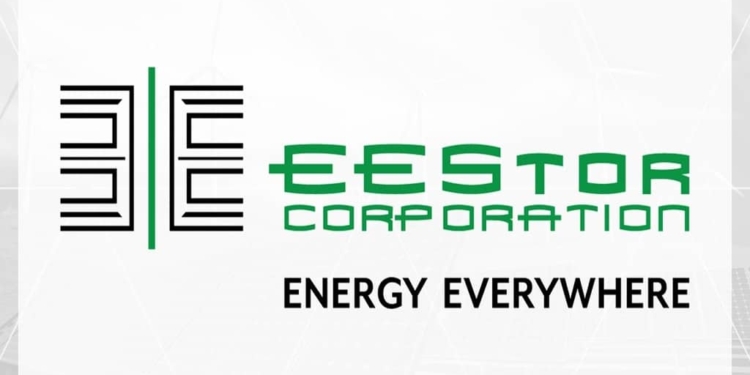Source: EEStore news
TORONTO, Ontario and AUSTIN, Texas, March 01, 2018 (GLOBE NEWSWIRE) — EEStor Corporation (TSXV:ESU), developers of high energy density, solid-state capacitors, today announced completion of independent third party testing to characterize layers of dielectric materials (electric insulator) made from its Composition Modified Barium Titanate (CMBT) ceramic powder using specialized glass as the binder. Testing by Intertek, MRA Labs and Radiant Technologies have shown EEStor’s glass-CMBT to be a relaxor dielectric with a relative permittivity over 30,000.
Key Features
- Glass – CMBT layers are non-toxic lead-free relaxor dielectric
- Relative permittivity over 30,000 at low voltage and over 10,000 at above 1 volt per micron
- Relaxor dielectric implies high return on energy stored
- Glass – CMBT layers feature low loss with both high self-discharge time constants and low dissipation factor
- Glass – CMBT layers result in well-balanced, high performance, low cost, non-toxic, general and high voltage capacitor dielectric material
Key features of EEStor’s relaxor include a high relative permittivity and low residual polarization, giving EEStor’s dielectric the ability to both store higher amounts of energy during charging and, unlike non-relaxor barium titanate, return most of that energy during discharge. Additionally, the tested layers relative permittivity is shown to stay above 10,000 at a field of over 1 volt per micron. This permittivity rivals, and in most cases, surpasses that of, lead based relaxors.
“Lead based materials such as PZST, PLZT, PLZ dominate the modern electronics market by delivering larger energy storage density. However, the toxicity of lead is causing serious global environmental problems.”1
As a result, lead-free environmentally friendly materials are growing in popularity in the electronics industry, while lead based materials are increasingly banned in countries around the world.
The tested glass-CMBT layers also exhibited commercial level efficiencies, self-discharge time constant in the 2,000 to 4,000 second range at fields around 1 volt per micron. These impressive time constants, combined with Dissipation Factors in the 2% range at 1 KHz, and EEStor’s low cost CMBT, demonstrates a well-balanced, high performance, broad purpose, non-toxic high voltage dielectric. EEStor continues to produce devices that demonstrate the exceptional characteristics of EEStor’s CMBT.


































